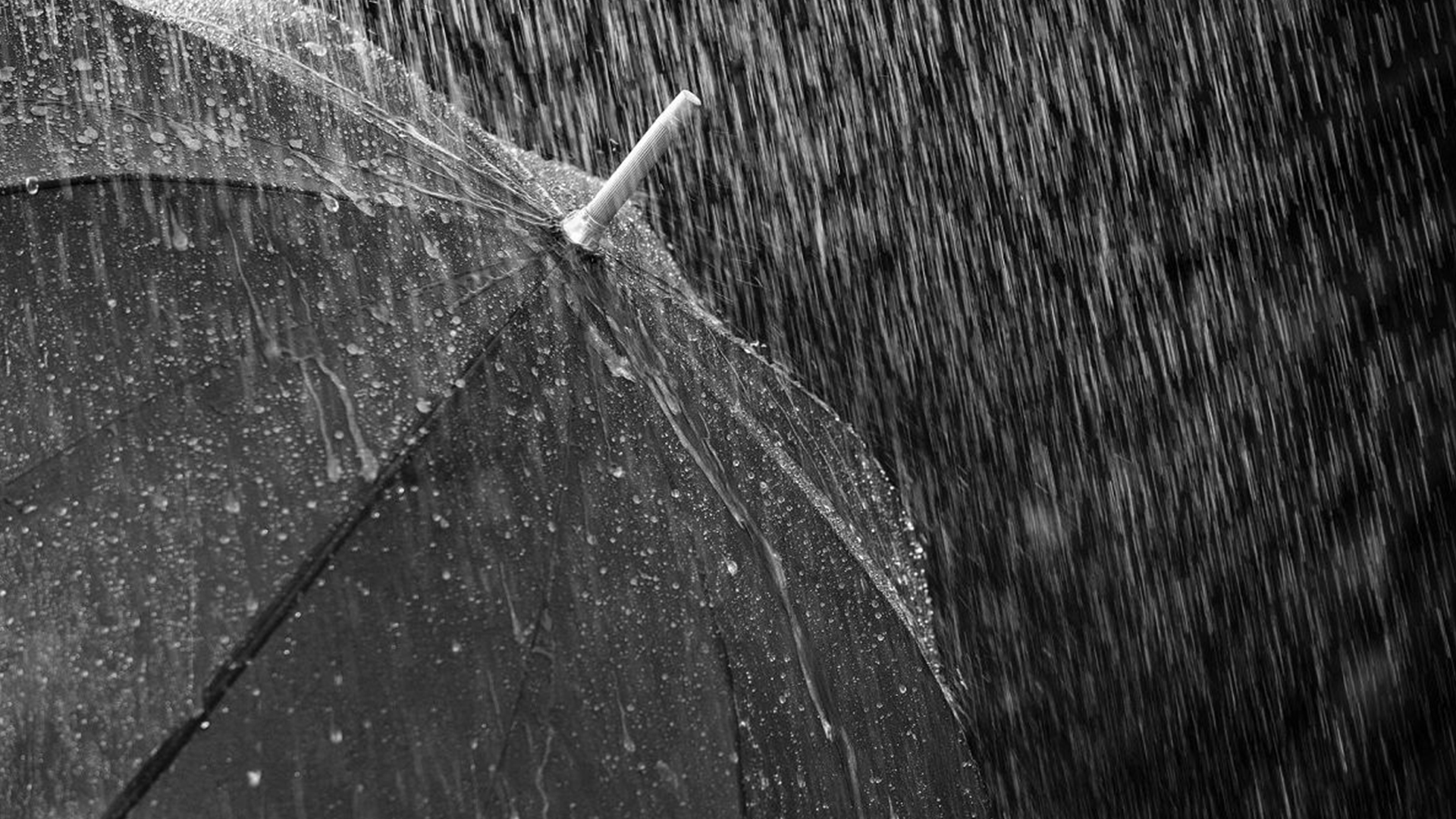4 years ago

Heavy rains are expected in Nepal for another five days. The Department of Water and Meteorology has stated that the low pressure front has come over the Nepali sky and will continue to rain until the front passes.
On Monday, Director General of the Department Sarju Kumar Vaidya briefed Minister for Energy, Water Resources and Irrigation Barshaman Pun ‘Ananta’ about the weather conditions in the country. In that context, Vaidya mentioned that the rainfall will gradually decrease only after 9 July.
According to him, heavy rain is falling in Province-1, Province-2, Bagmati, Gandaki, Province-5 and Far-Western Province of Nepal. He said that 100 ml or more of rain had fallen in most parts of the country in the last 24 hours.
This is likely to increase to 200 ml. Vaidya said that there is a possibility of heavy rain in the eastern hills in a few days as the low pressure line has shifted from west to east.
According to Vaidya, general secretary of the department, the highest rainfall of 169 mm has been recorded in Koldi of Bara district in the last 24 hours.
Similarly, the amount of rain recorded in the last 24 hours was 150.6 mm in Danda of Nawalpur, 148.8 mm in Shyamgha of Tanahu and 140mm in Gorkha.Vaidya said that this result will increase further upto 200mm.
The water level in the Narayani River at Devghat in Chitwan has crossed the danger level. After crossing the water level of 8 meters in that place, the danger level is crossed and water has reached 9 meters.
The water level is expected to rise further as the rains have not stopped. Similarly, the water level at Narayanghat bridge has crossed the alert level.
Alert level for that place is 11 meters, but the water level has reached 11.98metere.The department has urged the residents of the lower reaches of the danger zone to leave the area and go to safer places and the residents of the lower coastal areas of the crossing areas to be on high alert. Vaidya informed that the lower coastal areas of Purwanpalparasi and Chitwan are at high risk of floods.
Similarly, it is estimated that the danger level will be crossed by tomorrow as the Koshi River has crossed the alert level. Similarly, the department has estimated that floods in Kamala, Kankai, Bagmati and their tributaries could cross the danger level.
It is likely to rain till Kartik this year. Normally, the monsoon starts in Ashad and ends in Ashoj, but this year it will rain for about a month longer.
Out of the four months, there is heavy rainfall from mid-Asar to mid-Bhadra. However, this time the rate of rainfall has been high since the weather became active. Generally, 80 percent of the rain water in a year falls in four months of monsoon.
Damage caused by floods and landslides will be more or less in every monsoon, however, incidence of floods and landslides has been high this time due to heavy rains in winter and pre-season.
After receiving information about the weather forecast, Minister Pun said that Nepal's weather forecasting system has been greatly improved recently. He stressed on the need to make the weather information issued by the department more reliable in the coming days
"We now have more confidence in water and weather forecasts than ever before," he said. "We need to make them more credible in the days to come."
Minister Pun directed the department to hold a media briefing at the ministry every day from tomorrow (Monday) until more rains are stopped to make the flood and landslide information more effective.
The department will hold a media briefing at 11:00 am every day from Monday morning.